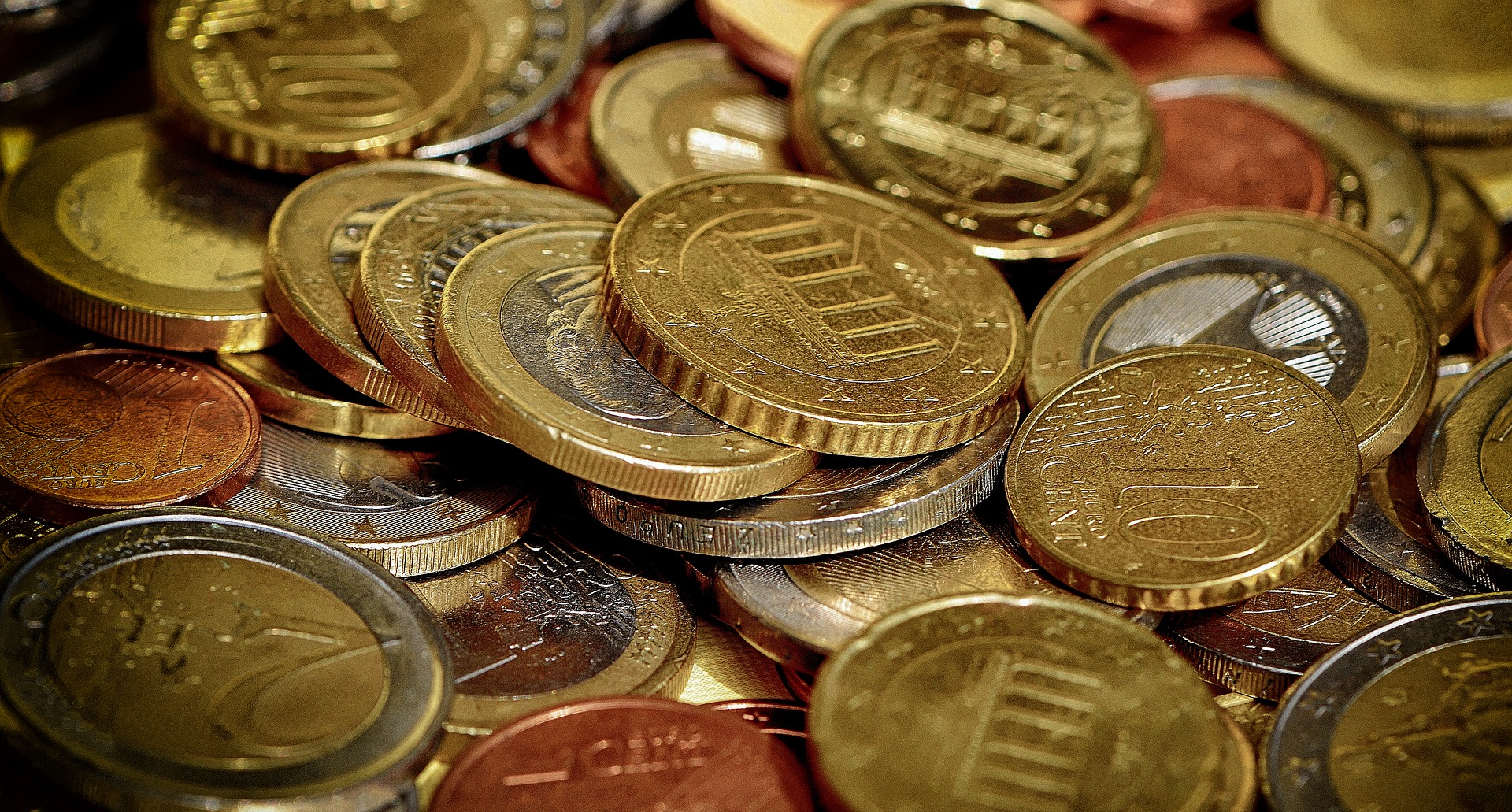The euro is at a key resistance level at 1.2175, as the eurozone recovers. Economic data is sluggish though restrictions have loosened up after the pandemic.

Euro Region Fluctuates at Key Resistance Level
The euro closed for the weekend at 1.2175, which is a key resistance level. Though the EUR/USD broke above this level last week, it was back at the same level on May 22, 2021. Several times last week, the currency pair tried to break above the resistance at 1.2240 levels, but economic data has not helped the single currency. The resistance at 1.2175 has now become a psychologically important region.
The EUR/USD currency pair touched a high of 1.2250 levels on February 25 but dipped to 1.1700 level in March. The vaccination rollout has brought down infection rate, and the euro to the dollar has gone back to the 1.2250 levels again in May. However, there is still some sluggishness in the euro region. The production and services sector in Germany and France show some signs of improvement.
Production, Services, and Factory Activity Improves
The euro and the US are two important regions pressurised by inflation and economic recovery. Manufacturing and Services PMI show improvement after restriction curbs are loosening. The vaccine drive is helping the EUR/USD currency pair. But the economic data is not very encouraging. Supply chains are disrupted, and production costs have gone up, which prevents the euro against the dollar from moving higher.
Production has been hampered by supply delays, though business activity has been good. Output has come down from record high, seen at the end of the first quarter. Though new orders and export orders have increased, data shows growth is slower than last quarter’s performance. Supply shortages have increased the prices of manufacturing purchases, leading to a record rise in output prices.
The IHS Markit Flash Eurozone Manufacturing PMI is at 62.8 in May 2021. It is almost similar to the previous data at 62.9 in April 2021. New order growth has come down, but it has generated a record rise in backorders for three consecutive months.
The IHS Markit Flash Eurozone Services PMI is at 55.1, better than the previous data at 50.5. Data from leading countries like Germany, Italy, France, Spain, Austria, the Netherlands, Greece, and the Republic of Ireland have been analyzed. Major factors like new orders, employment, output, suppliers’ delivery times, and stock of items purchased are improving. The reading is above 50, which shows that the manufacturing sector is expanding.
ECB President Christine Lagarde has commented that accommodative policies will remain for some more months. The rise in inflation is a temporary one and the recovery process will set in soon, says Lagarde.
The euro area economy came down 0.6% for the quarter ended March 2021. The double-dip recession was the result of the spread of the coronavirus pandemic and lockdown measures. Germany, Spain, Italy, and the Netherlands GDP fell, while the French economy has started to show growth.
German and French Economies Improves
Germany factory production has improved in March and exports have gone up. Strict restrictions imposed on hotels, restaurants, and travel in Germany are lifted.
The IHS German Markit Manufacturing PMI has dropped to 64 in May 2021, while in April, it was at 65.9. The manufacturing PMI has dropped in April, but factory activity shows good growth. Business confidence has improved, and the employment situation is also good.
German Services Purchasing Managers Index (PMI) has improved to 52.8, though the forecast was at 52.0 and March data was at 49.9. The activity level of purchasing managers in the survey sector has been positive to become the strongest recorded since July 2020. New businesses have thrived after seven months of decline. Domestic demand has improved, as lockdown restrictions are easing up this month. Producer Prices in Germany have improved to 0.8% in April, while previously it was at 0.9% in March 2021.
The IHS Markit France Manufacturing PMI in May 2021 is at 59.2, slightly above the April figure at 58.9. Manufacturing business conditions have shown overall growth.
Weak US Dollar Lifts the Euro
Inflation in the US has gone up, but unemployment is dampening the economic sentiment. The Federal Reserve has no intention of tightening monetary policy in the near term. Fed Chairman Jerome Powell says that the current policy will continue till substantial progress in price stability and employment sets in.
The US dollar index is back at the key support at 90.005. Several times in 2021, the USD has tried to break lower but could not move below 90.00 levels. The weak US dollar is supporting the euro currency.
EUR/GBP
The euro against the British pound is trading for the past ten trading sessions within a narrow range between 0.8575 and 0.8625. Investors wait for a move in either decision. Exports to the UK have dropped 17.6% for the first quarter. Imports from Britain have also come down 27.7% year on year.
The trade relation between the two regions after the Brexit deal has not been good, though talks continue between the two regions.